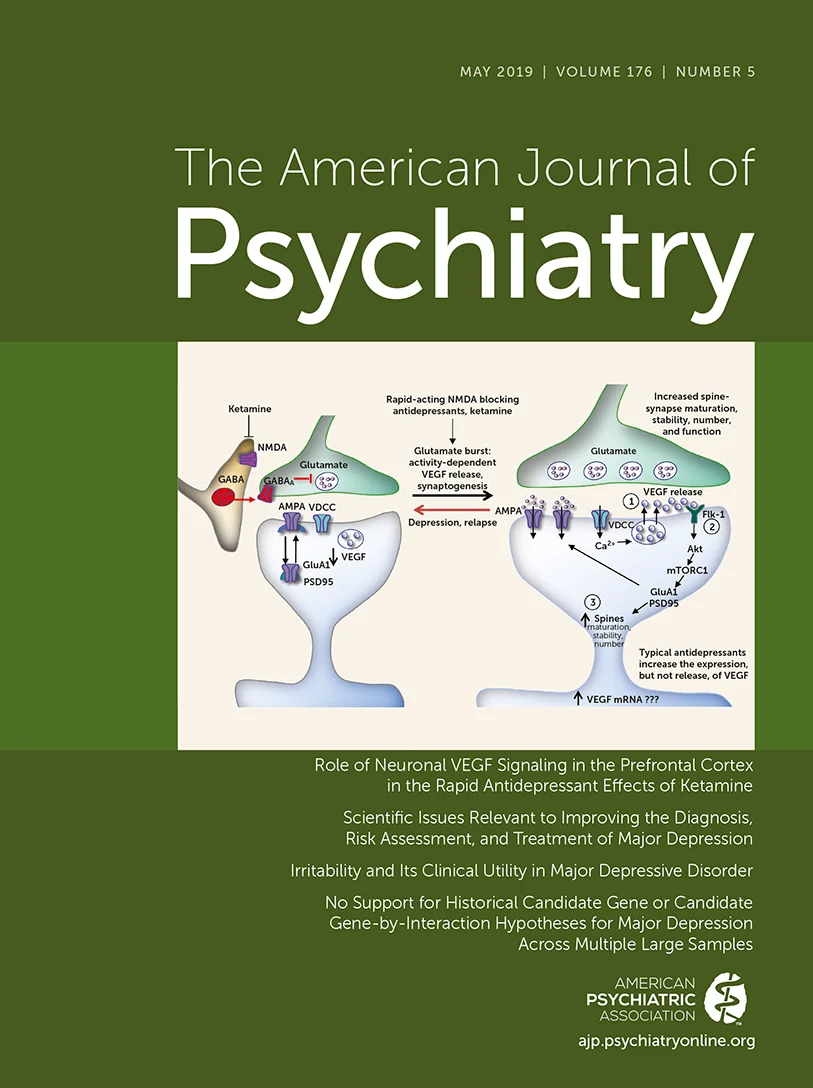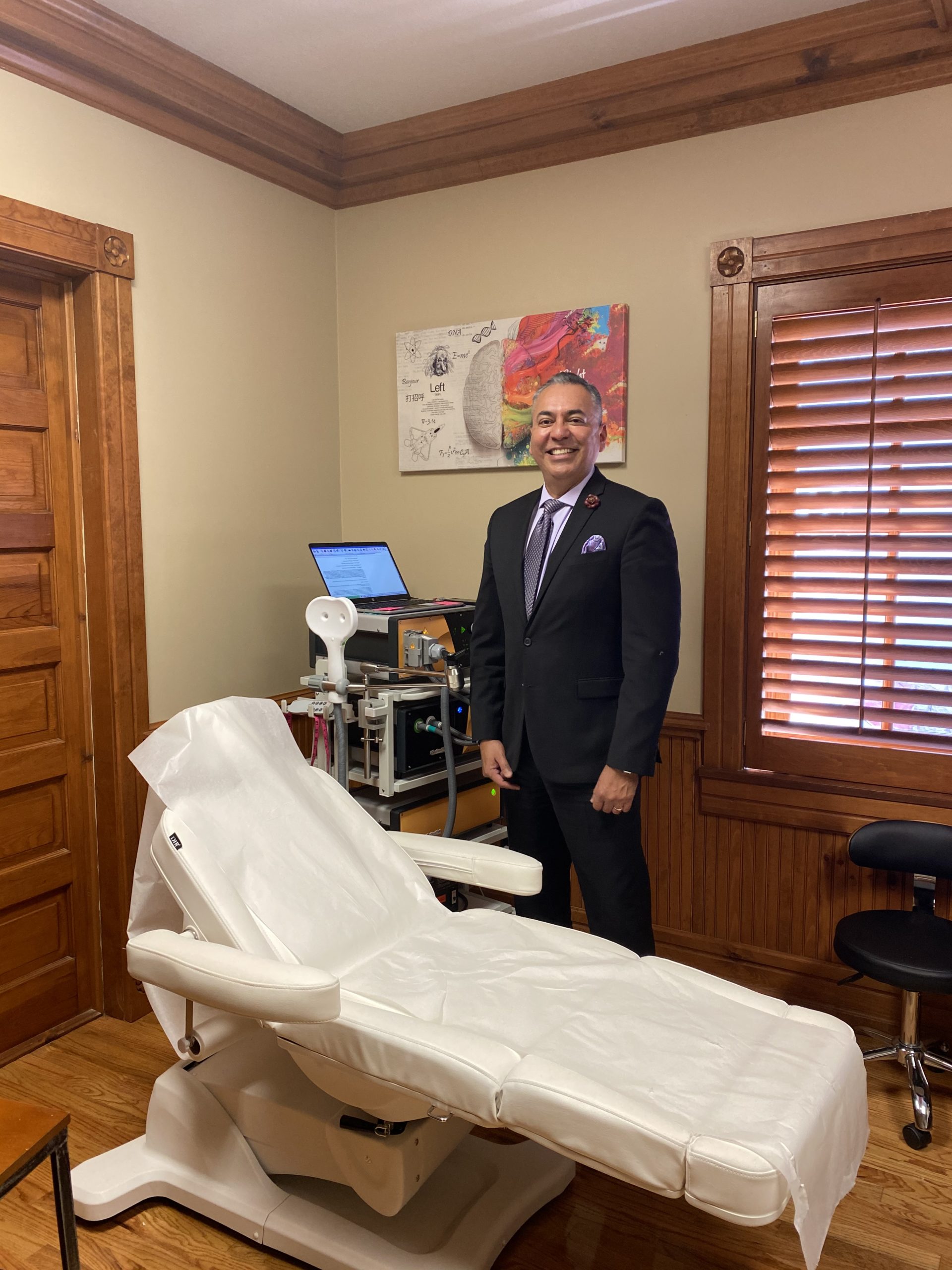TMS treatment for depression had been studied by many different researchers showing its effectiveness. However, last year these researchers from Canada showed that patients in their study followed four different types of trajectories.
The trajectories were identified: nonresponse (N=43, 11%); rapid response (N=73, 19%); higher baseline symptoms, linear response (N=118, 30%); and lower baseline symptoms, linear response (N=154, 40%). Significant differences in response and remission rates between trajectories were detectable by week 1.
Read more in the article below.
Trajectories of Response to Dorsolateral Prefrontal rTMS in Major Depression: A THREE-D Study

Abstract
Objective:
Repetitive transcranial magnetic stimulation (rTMS) is an effective treatment for refractory major depressive disorder, yet no studies have characterized trajectories of rTMS response. The aim of this study was to characterize response trajectories for patients with major depression undergoing left dorsolateral prefrontal cortex rTMS and to determine associated baseline clinical characteristics.
Methods:
This was a secondary analysis of a randomized noninferiority trial (N=388) comparing conventional 10-Hz rTMS and intermittent theta burst stimulation (iTBS) rTMS. Participants were adult outpatients who had a primary diagnosis of major depressive disorder, had a score ≥18 on the 17-item Hamilton Depression Rating Scale (HAM-D), and did not respond to one to three adequate antidepressant trials. Treatment was either conventional 10-Hz rTMS or iTBS rTMS applied to the dorsolateral prefrontal cortex, 5 days/week over 4–6 weeks (20–30 sessions). Group-based trajectory modeling was applied to identify HAM-D response trajectories, and regression techniques were used to identify associated characteristics.
Results:
Four trajectories were identified: nonresponse (N=43, 11%); rapid response (N=73, 19%); higher baseline symptoms, linear response (N=118, 30%); and lower baseline symptoms, linear response (N=154, 40%). Significant differences in response and remission rates between trajectories were detectable by week 1. There was no association between treatment protocol and response trajectory. Higher baseline scores on the HAM-D and the Quick Inventory of Depression Symptomatology–Self-Report (QIDS-SR) were associated with the nonresponse trajectory, and older age, lower QIDS-SR score, and lack of benzodiazepine use were associated with the rapid response trajectory.
Conclusions:
Major depression shows distinct response trajectories to rTMS, which are associated with baseline clinical characteristics but not treatment protocol. These response trajectories with differential response to rTMS raise the possibility of developing individualized treatment protocols.

We have observed great advancements with our patients here in El Paso, Texas. We have seen a large reduction in depression and anxiety symptoms with our TMS treatment. If you or a loved one are suffering from anxiety or depression and medications and other treatments have not worked, contact us to learn more about TMS.
